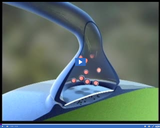
The electrical impulse in a neuron travels across gaps with the help of a chemical signal.
- Subject:
- Science
- Provider:
- Utah Education Network
- Author:
- Visual Learning Company
- Date Added:
- 02/28/2010

The electrical impulse in a neuron travels across gaps with the help of a chemical signal.
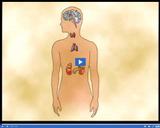
The endocrine system consists of glands that release chemicals called hormones into the blood stream.
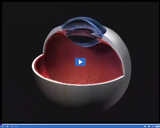
The eye consists of a variety of structures that allow it to regulate the amount of light entering the eye, focus, and sense color.
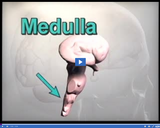
The medulla is the part of the brain that plays a role in regulating involuntary functions.

The cell body contains the neuron, which controls the activities of the cell. Dendrites, which branch out from the cell, receive messages and carry them to the cell body. An axon is a tail-like structure.
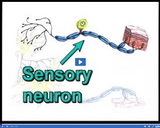
Sensory neurons carry messages initiated by stimuli. Interneurons relay messages from one neuron to another in the spinal cord and brain. Motor neurons carry messages from the brain and spinal cord to glands or muscles.
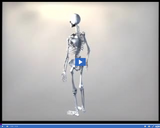
The peripheral nervous system contains nerves that form a network throughout the body that directs voluntary and involuntary activities. The spinal cord connects the brain to nerves throughout the body.
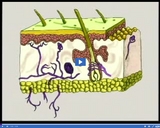
Sensory receptors are the cells in skin that sense pain.
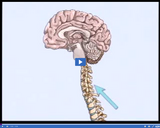
The spinal cord and brain are two primary components of the nervous system.
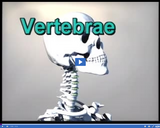
Vertebrae form the backbone and contain nerves that make up the spinal cord.
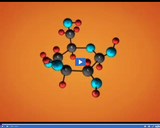
The chemical structure of the first carbohydrate is simpler than the second carbohydrate, which is a complex carbohydrate. Complex carbohydrates are broken down slowly by the body and release sugars into the blood stream over a longer period of time.

The stomach releases acids and juices, which further break down food into a thick, pasty material called chyme.

Food that hasn't been digested passes from the small intestine into the large intestine, where it is prepared to be eliminated from the body as waste. Nutrients and water are absorbed through the lining of the large intestine.
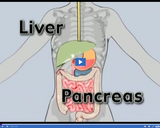
The liver and pancreas produce bile and enzymes, which are secreted into the small intestine and aide in digestion.
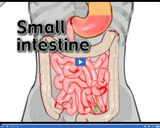
Chemical digestion occurs in the small intestine, which is over 6 meters in length, but only 2.5 cm in diameter.

In a bar graph, the length of bars represents data. The numerical scale on the left axis allows bars to be compared to values.
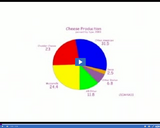
Circle graphs, also called pie charts, show how each group of data relates to all data. Each section in a circle graph represents a different type of data.

A data table is a simple chart that often has labels to indicate where input data should be logged.
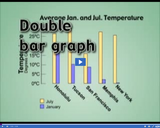
A double bar graph is a bar graph that shows two sets of data.

A graph is a picture of data that demonstrates how one set of observations compares to another set.